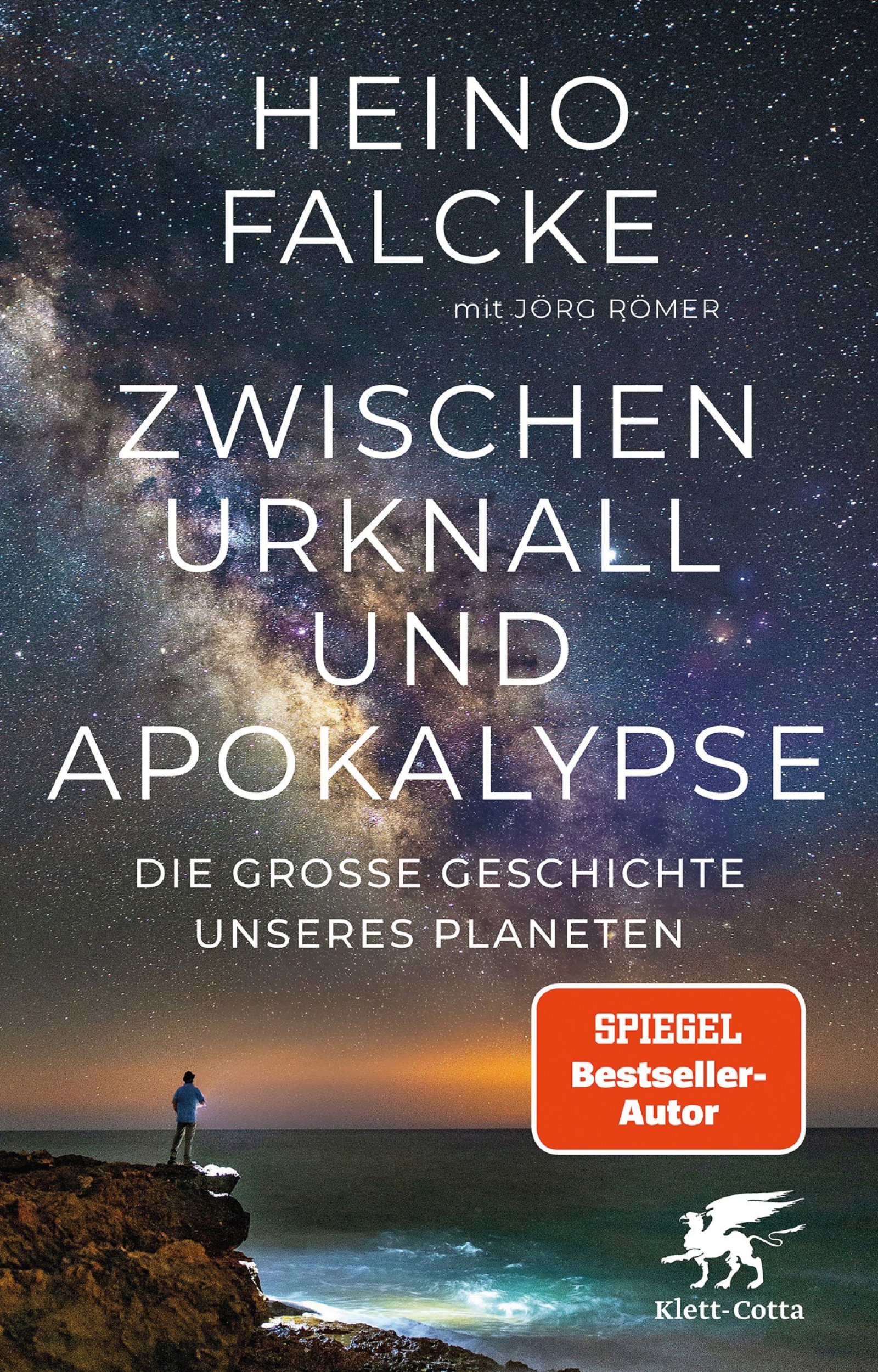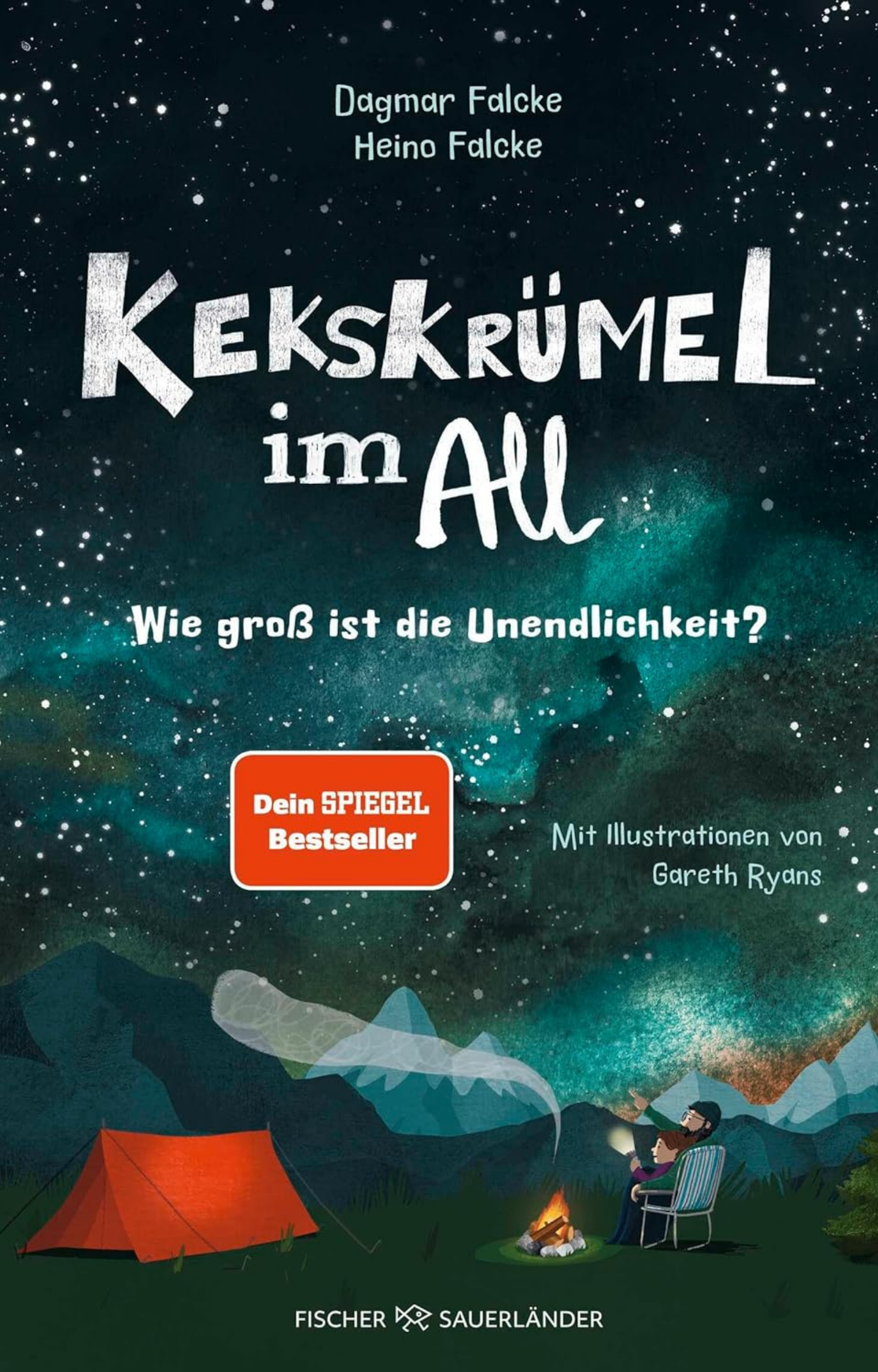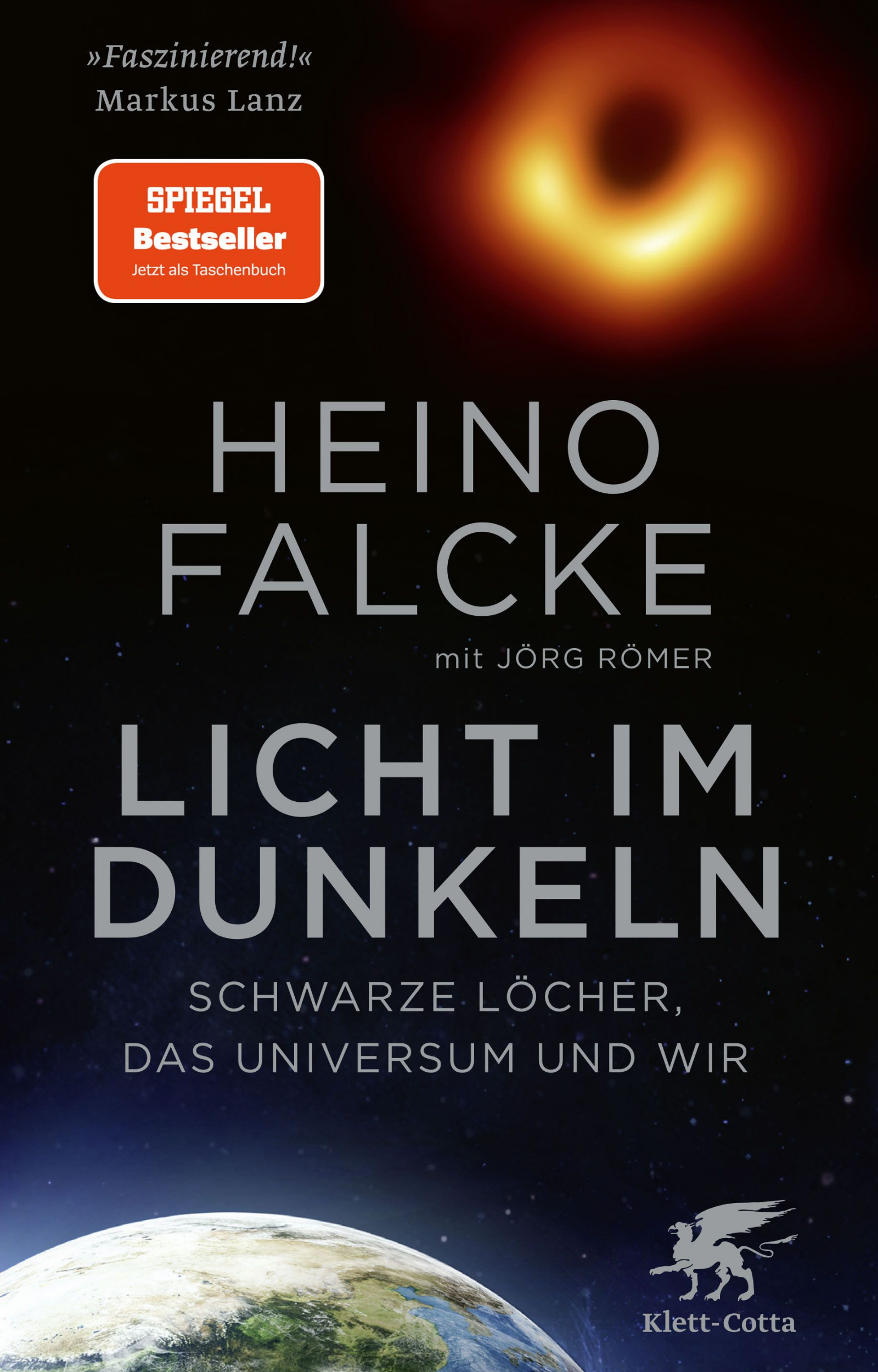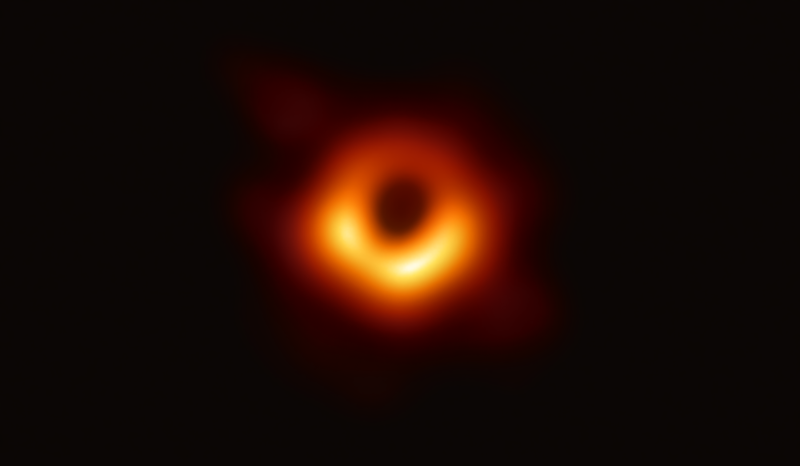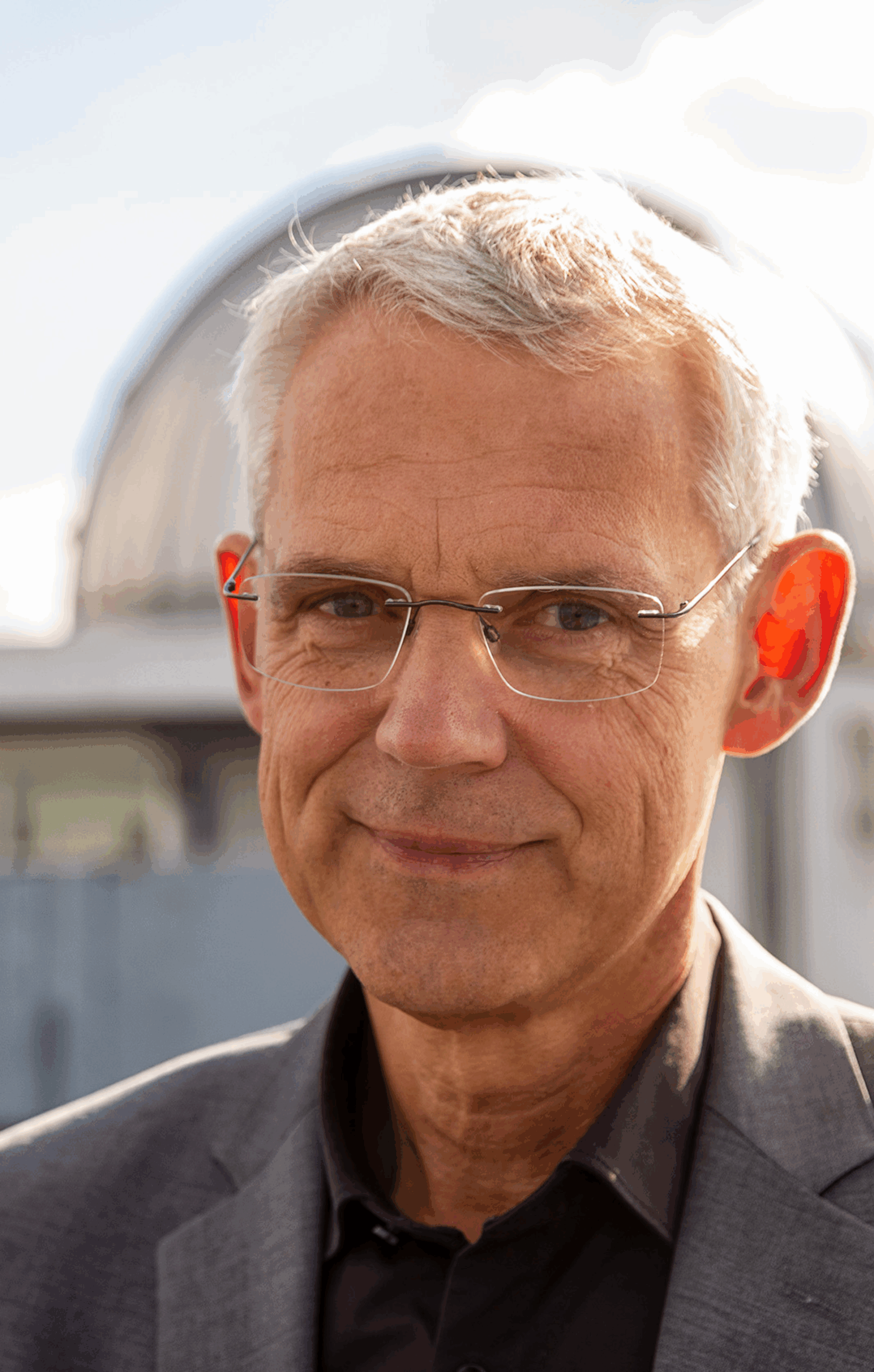

Professor for Astroparticle Physics and Radio Astronomy
Heino Falcke
Professor Heino Falcke is an astrophysicist at Radboud University, investigating the depths of the sky.
He is author of the bestselling book “Licht im Dunkeln” (Light in the Darkness).
Heino Falcke is Professor of Astroparticle Physics and Radio Astronomy at the Institute for Mathematics, Astronomy and Particle Physics (IMAPP) of the Faculty of Science at Radboud University in Nijmegen and is visiting scientist at the Max Planck Institute for Radio Astronomy in Bonn. He studies black holes and high-energy elementary particles, using the entire range of theoretical, computational, observational and experimental astrophysics. As a speaker and author he is engaged in communicating science to the public. His scientific achievements earned him knightly accolades from the Dutch King. He received the Spinoza Prize, the highest scientific award in the Netherlands, and the Academy Award of the Berlin-Brandenburg Academy of Sciences and Humanities, and the Henry-Draper medal of the US National Academy of Sciences for his pioneering work for imaging black holes, the Herschel Medal and the Balzan Prize. He is a member of the Royal Netherlands Academy of Arts and Sciences (KNAW). The International Astronomical Union named asteroid 12654 (Heinofalcke) after him. In his free time Heino Falcke, is active as an ordained lay-clergy in the protestant church in his home town in Germany.
Publikationen
This year, Heino Falcke will publish his new book “Zwischen Urknall und Apokalypse“. A breathtaking journey from the origins of the universe to the end of our world.
This year, he and his wife Dagmar will publish another children’s book, following their 2024 release “Kekskrümel im All“.
His bestseller, “Licht im Dunkeln“, published in 2020, has already been translated into 14 languages.
Heino Falcke also regularly publishes scientific publications.
Research Interest
Heino Falcke is a theoretical astrophysicist and radio astronomer who made fundamental contributions to the understanding of black holes and cosmic particles. He developed a unified model to explain the broad-band emission and the jet-disk coupling of the vast majority of black holes and discovered the “fundamental plane relation”, connecting and unifying super massive and stellar mass black holes. He pioneered the idea to image the “shadow of a black hole” with global millimeter-wave interferometry. He was managing PI of the ERC-funded BlackHoleCam project, co-founded the Event Horizon Telescope and contributed with his group and as chair of its science council to it. This led to the publication of the first ever image of a black hole.
To improve this image, Falcke hopes to build the African mm-wave Telescope AMT in Namibia. Falcke also co-developed the LOFAR telescope and pioneered the detection of cosmic rays with radio antennas. The technique provides precision measurements of the cosmic ray composition and allows studying their origin. The method was successfully implemented in the LOFAR telescope and is now integrated into the large Pierre Auger Observatory. As PI of a low-frequency radio experiment (NCLE) on board of the Queqiao satellite behind the moon, he wants to pioneer the exploration of the dark ages of the early universe. More details can be found here.
The photo that went around the world
In 2019, Heino Falcke and the Event Horizon Telescope Collaboration succeeded in taking the first image of a black hole in space.
The astrophysicist and professor at Radboud University in Nijmegen had been working for 20 years to provide this visible proof.
Space Exploration
Heino Falcke is engaged in the exploration of space, motivated by the possibility to put a LOFAR-like radiotelescope on the moon. He was involved in various studies and committees of EADS and ESA and is principle investigator (PI) of the low-frequency radio astronomy experiment NCLE onboard the Chinese lunar relay satellite Queqiao. Currently he is also involved in ongoing studies to develop new space-VLBI instruments to image black holes at unprecedented resolution, e.g. with the Event Horizon Imager.
